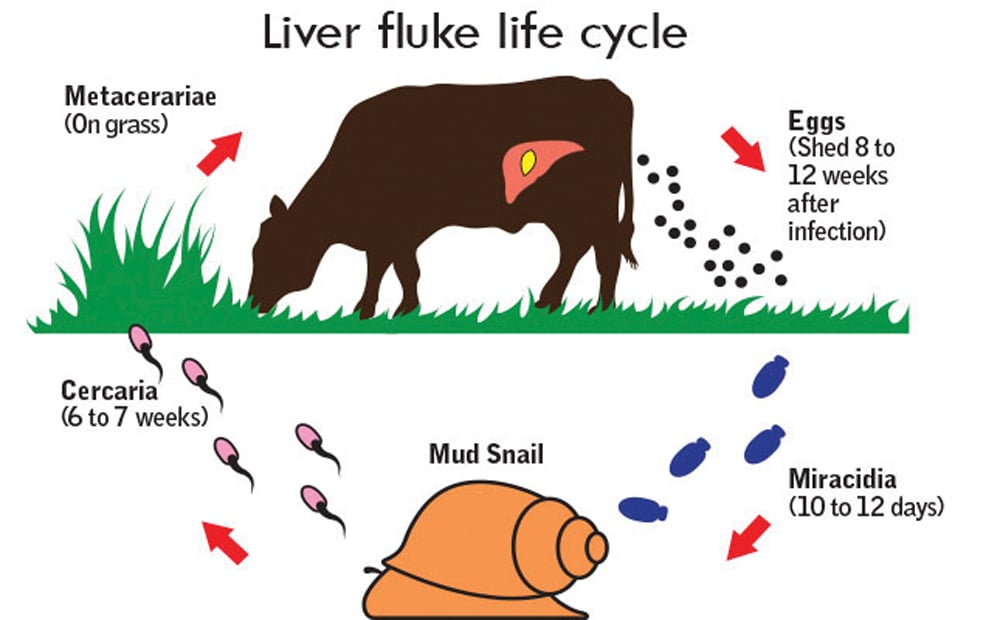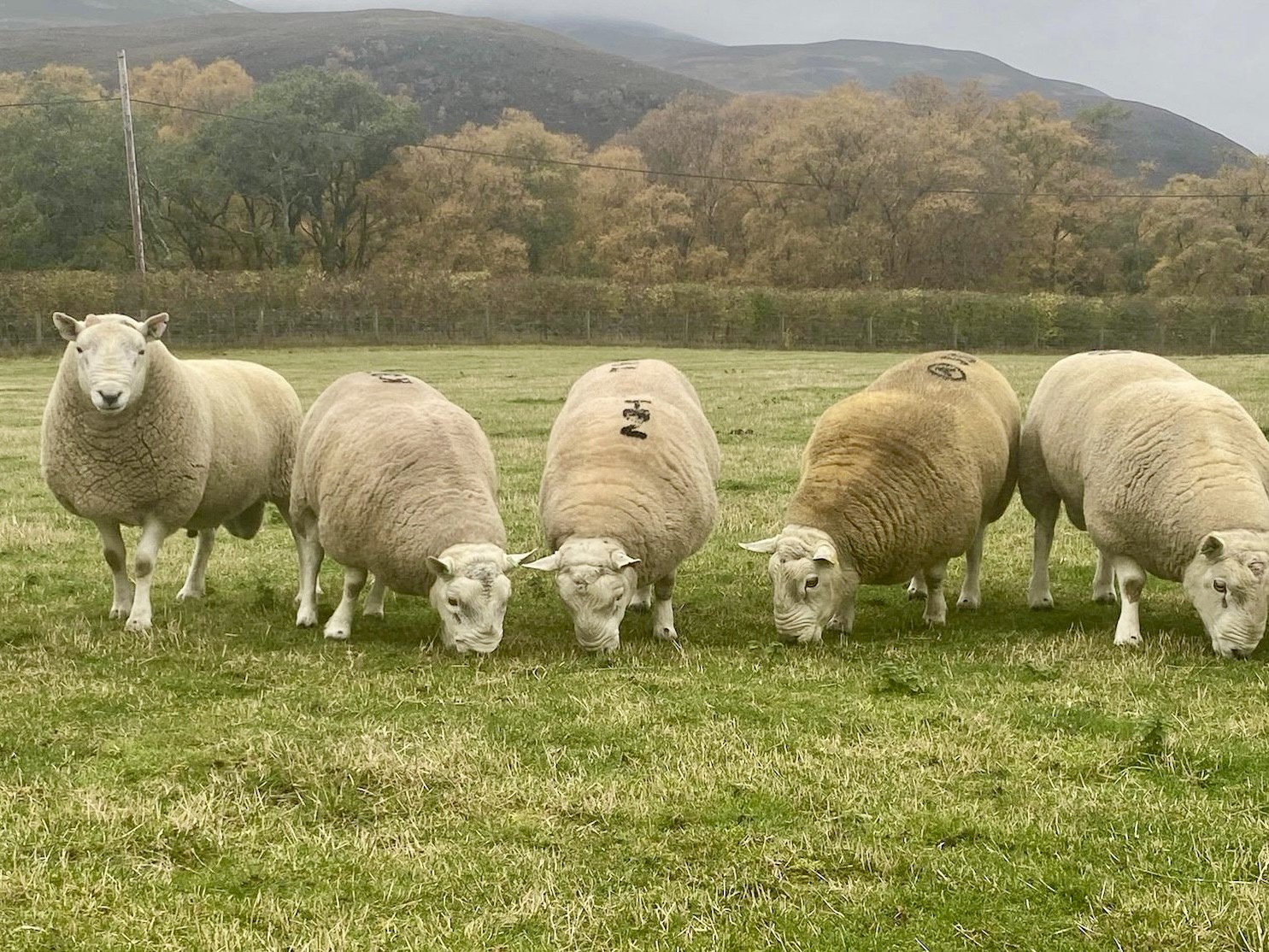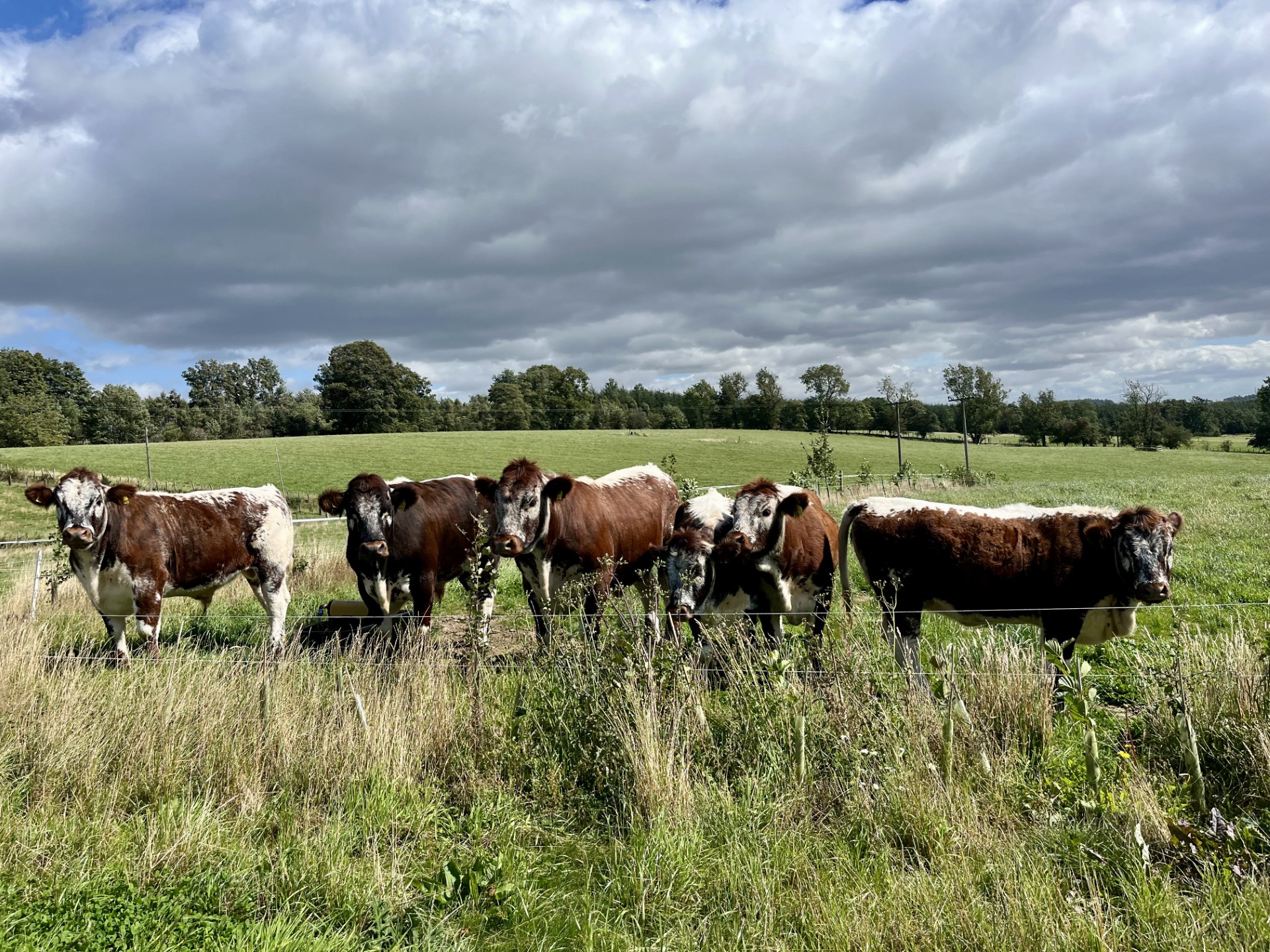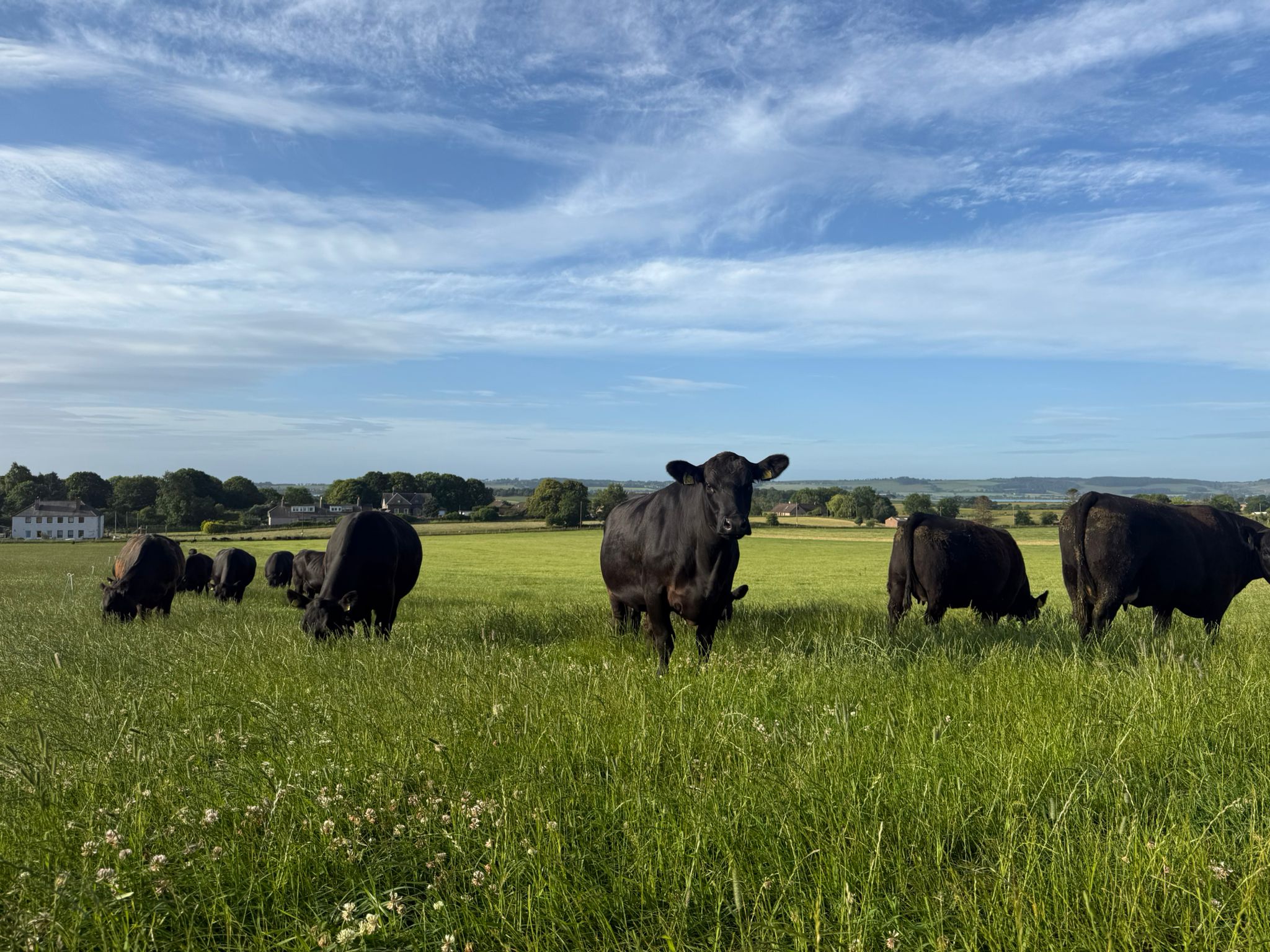Farm Newsletter June 2023
You will be delighted to hear that the farm department at Thrums Vets has finally entered the age of email and going forward, over the next few months we will be phasing out the old paper copies of the newsletter. Hopefully this means we can get the relevant news and health updates to everyone that needs to hear it, and save a bit of paper in the mean time. With that in mind, if you know somebody in the farm team that you feel would appreciate receiving this newsletter, please do forward this to them – there is a sign up link below, or give us a phone with an email address. We also have a dedicated farm Facebook page for “on the hoof” updates, please give us a follow too. Subscribe here – https://eepurl.com/irN7NY
The transition from emergency spring work to routine spring work seems pretty much complete. Whilst it started with a busy few weeks in March, in general it has been a quieter calving period for us; by this time last year we had done 122 calvings and caesars, but this year we are at 86. This may be a combination of a few less cows in the area this year and less problems with over conditioned cows. Typically we caesar about 50% of what we’re called to and this seems to remain consistent over the last several years.
The weather finally seems to have decided that it is indeed Spring, and it’s great to see plenty of cows out at grass now. For many, getting on with the field work has been held up, no doubt meaning everyone is very busy trying to catch up now! However, the season can run away with us and it’s important not to forget seasonal jobs that should set you up for a healthy summer ahead. For the cattle castrating and de-horning should be done before the flies get going, bulls should be fertility tested, grazing boluses administered if necessary, any cows or bulls that are lame or have hoof overgrowths should be attended to, PD autumn calvers, and for many the BVD check test on yearling cattle will be now due. For sheep flocks first doses of clostridial and pneumonia vaccine should be administered and nematodirus and cocci drenches given for at risk lambs. Now may be the time to also think about applying some fly cover for the summer ahead too.
Controlling flies in cattle this summer
Whilst we may be a couple months away from peak fly season, they have certainly started to appear over the past few weeks and the sooner you implement a control strategy on farm, the bigger the effect we can make in terms of reducing their impact through the season. Flies can disrupt grazing through irritation, spread eye disease and cause summer mastitis.
As ever prevention is better than cure and we may be able to do something to reduce the build up of flies on farm by timely removal of carcasses, siting dung middens away from grazing pastures and where possible not grazing stock near stagnant water and overhanging trees. This is especially important for dry cows and autumn calvers.
Pour on products can be used to aid repelling flies from at risk stock. We tend to advocate the use of “Spotinor” or similar products which provide around 4 weeks cover. Other pour ons such as Flypor or Swish are available and may provide up to 8 weeks protection, but are pricier options. Longer cover still will be provided by insecticide impregnated ear tags; these do however come with the practical implications of tagging adult cows!
For dry cows at risk of summer mastitis the application of dry cow antibiotic intra-mammary tubes is advised, the “belt and braces” approach of applying a teat sealant also has achieved good results on many of our units.

Are you employing best drenching technique?
As we enter the summer months, no doubt plenty of lambs will be getting drenched for cocci, nematodirus and gut worms. Unfortunately, incorrect drenching technique is one of the leading ways of developing resistance to the drugs on your farm, so follow these 4 easy steps to ensure you’re doing your best to protect the efficacy of the drugs on your farm.
1. Weigh, don’t guess.
Select and weigh a few of the biggest lambs in the group. Dose to the heaviest. If there is a significant spread of weights in the group consider splitting the group and dose accordingly. Check that your weigh crate is accurate first!
2. Calibrate and maintain your equipment.
Before starting squirt a few doses into a graduated pot or 10ml syringe with the plunger removed. If required, adjust your gun until it is correct. After use, clean the gun and tubes with warm soapy water and check for worn seals and springs. Dosing guns are not cheap, so look after them!
3. Drench correctly.
To be fully effective the drench has to be delivered to the oesophagus at the back of the mouth, not into the mouth cavity and then swallowed (or worse, spat out!). Restrain the head effectively by holding a hand under the chin, tilt to the side, slide the nozzle into the gap between molar and incisor teeth and over the back of the tongue. Correct technique is also essential to avoid causing injury to the sheep. One of the most demoralising cases we attend to each year are dosing gun injuries.
4. Store correctly
Wormers should be stored securely, out of sunlight between 4 and 25C. Keep within the use-by date and shake well prior to use.

See you at the shows







